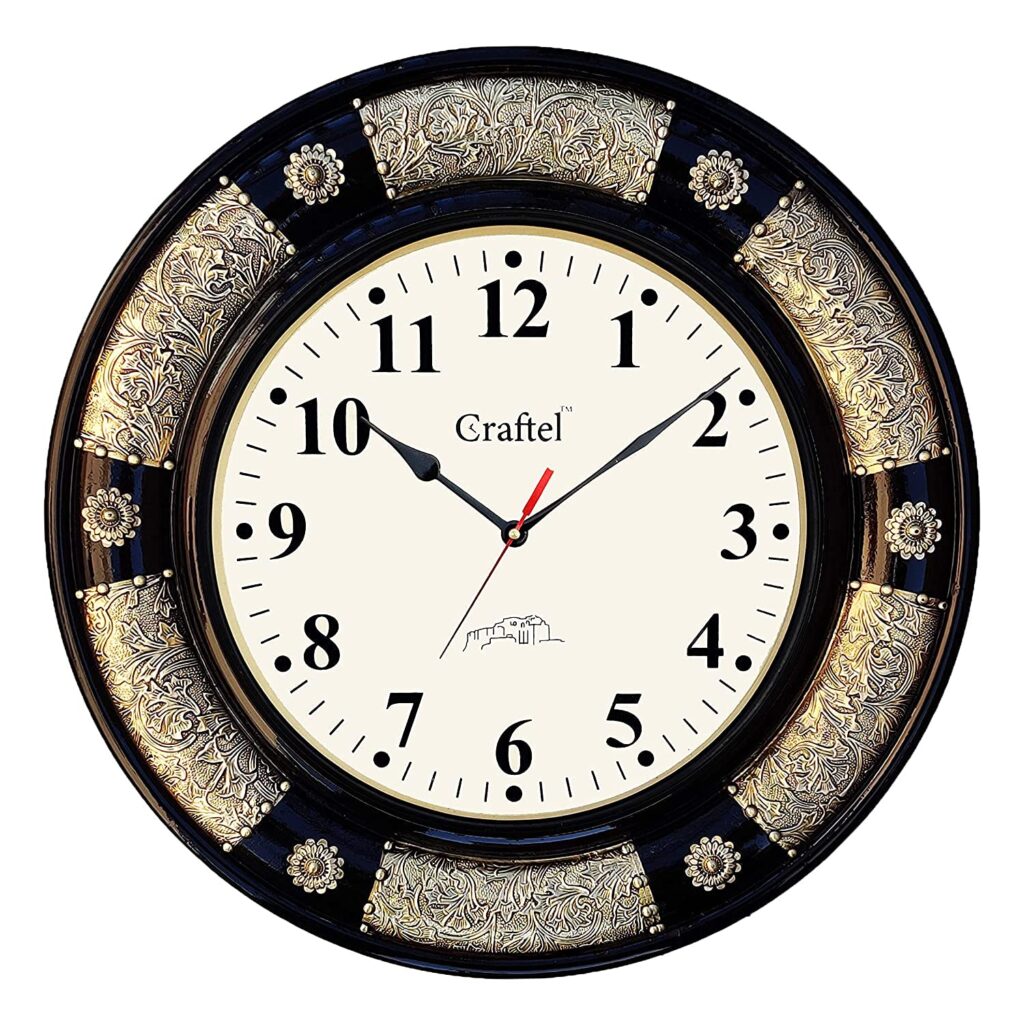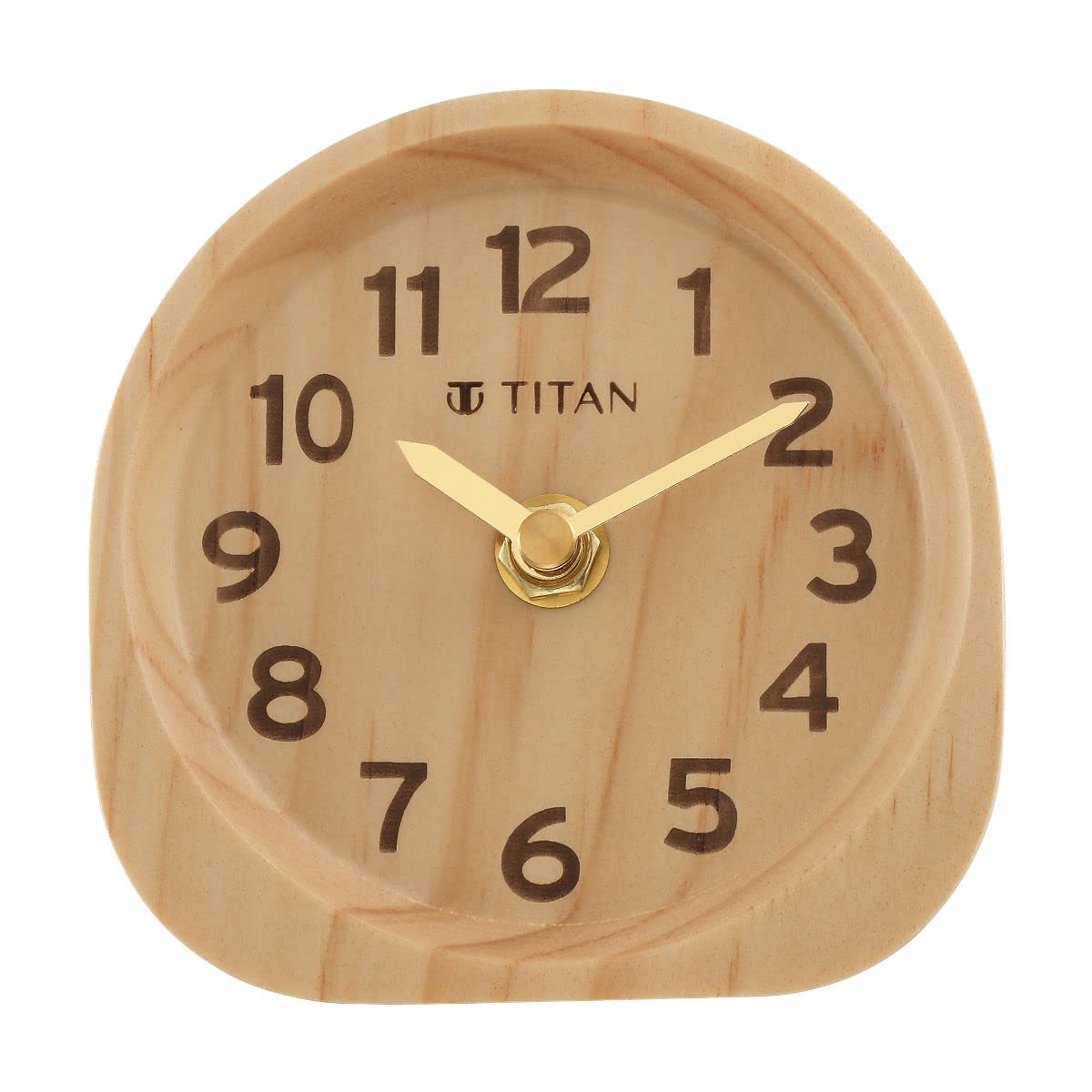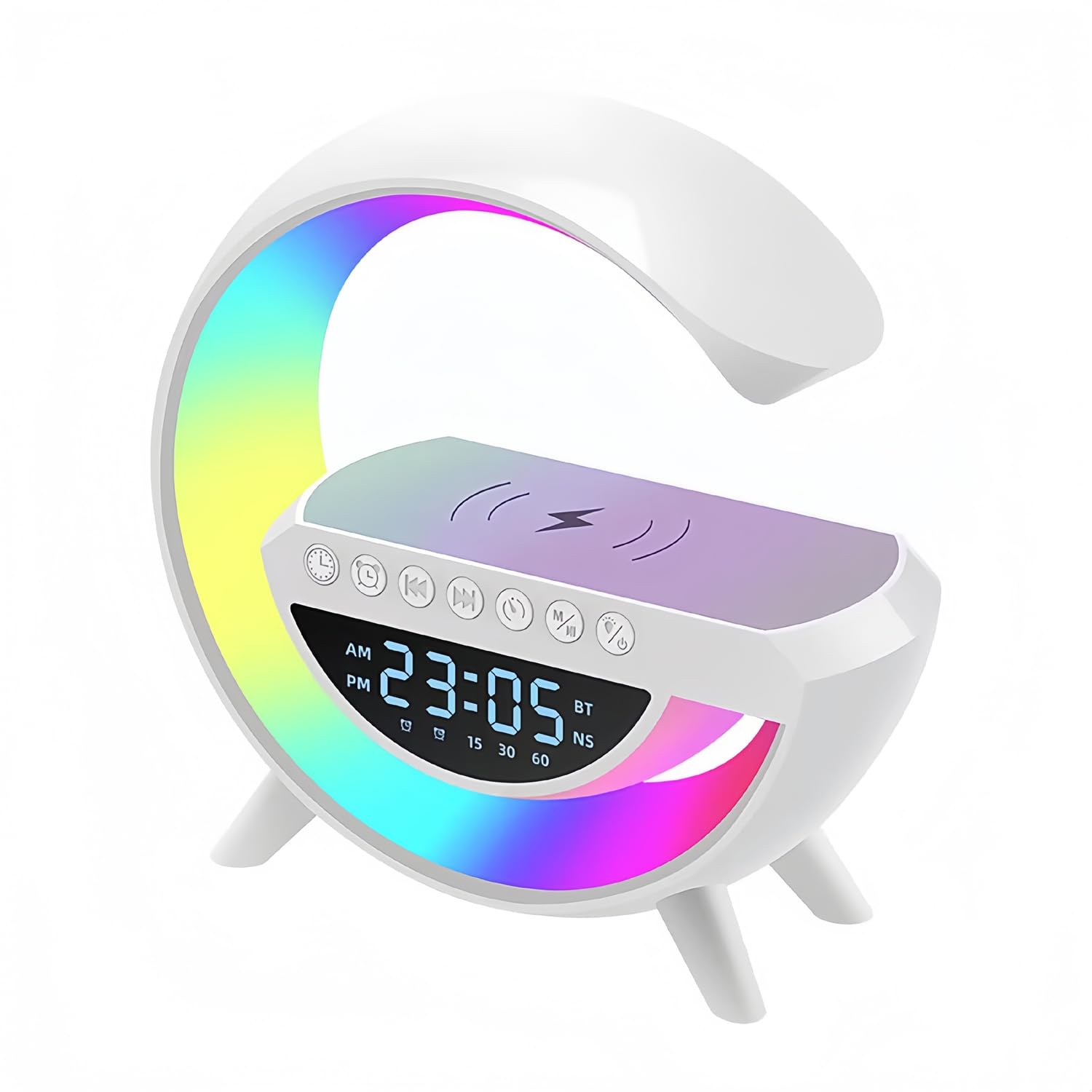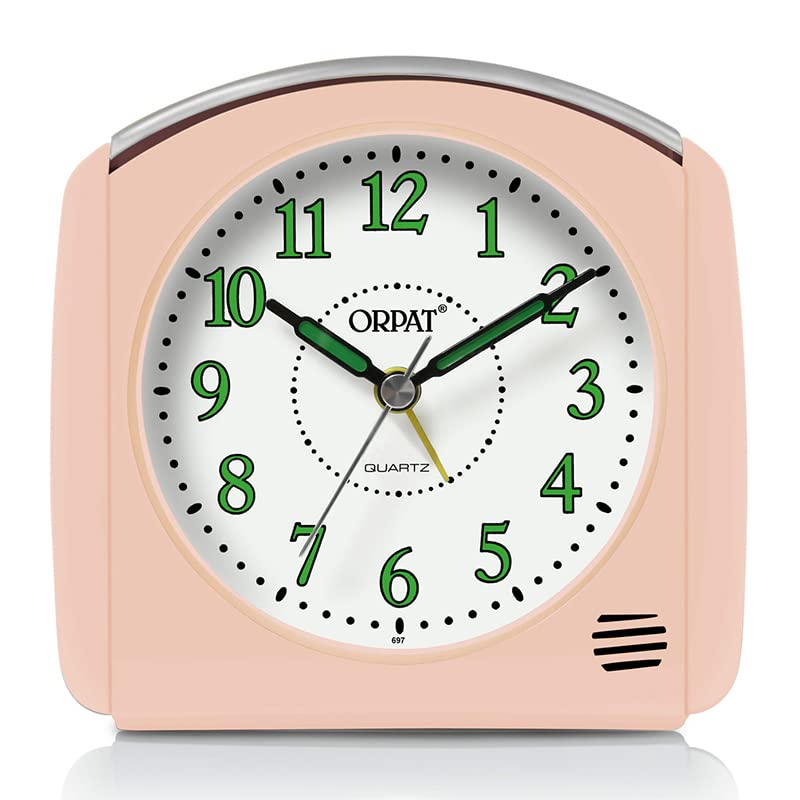Antique clocks stand as timeless pieces, each with a story to tell, echoing the past while enriching the present. From their intricate craftsmanship to their historical significance, these timepieces capture the imagination and fascination of collectors worldwide.

Table of Contents
Introduction to Antique Clocks
Antique clocks hold a special place in the world of horology, offering a glimpse into the craftsmanship and ingenuity of bygone eras. These elegant timepieces not only serve as functional instruments but also as exquisite works of art, each bearing the mark of its maker and the passage of time.
History of Antique Clocks
Origins of Clockmaking
The history of antique clocks dates back centuries, with the origins of clockmaking rooted in ancient civilizations such as Egypt, Greece, and China. Early timekeeping devices, such as sundials and water clocks, paved the way for the development of mechanical clocks in medieval Europe.
Evolution of Clock Designs
Over the centuries, clockmakers refined their craft, leading to the development of various clock designs and mechanisms. From the invention of the escapement mechanism by Richard of Wallingford to the introduction of the pendulum by Galileo Galilei, each innovation marked a significant milestone in the evolution of clockmaking.
Types of Antique Clock
Antique clocks come in a diverse range of styles and designs, each reflecting the artistic sensibilities and technological advancements of its time. Some of the most notable types include:
Grandfather Clocks
Grandfather clocks, also known as longcase clocks, are characterized by their tall wooden cases and long pendulums. These majestic timepieces have been a symbol of elegance and sophistication since their inception in the 17th century.
Mantel Clocks
Mantel clocks, often adorned with intricate carvings and decorative motifs, are designed to sit on a mantelpiece or shelf. These compact yet ornate clocks became popular during the 18th and 19th centuries, adding a touch of refinement to interior spaces.
Wall Clocks
Wall clocks, also known as regulator clocks, are mounted on walls and feature a pendulum mechanism enclosed within a decorative case. These clocks were commonly found in public spaces such as train stations, schools, and government buildings.
Cuckoo Clocks
Cuckoo clocks, originating from the Black Forest region of Germany, are renowned for their charming designs and distinctive cuckoo bird call. These whimsical clocks often feature intricate wood carvings and animated figures, delighting viewers with their playful melodies.
Materials and Techniques Used in Antique Clocks
Antique clocks are crafted from a variety of materials, each chosen for its durability and aesthetic appeal. Common materials include:
Wood
Wood, particularly oak, walnut, and mahogany, is frequently used in the construction of antique clock cases. These hardwoods are prized for their rich tones and natural beauty, lending warmth and elegance to the finished piece.
Brass
Brass is a favored material for clock components such as gears, hands, and bezels due to its malleability and corrosion resistance. Clockmakers often embellish brass parts with intricate engravings and decorative patterns, adding to the overall allure of the clock.
Glass
Glass panels are used to protect the clock face and allow the hands to be visible. Antique clocks may feature glass panels made from hand-blown glass or intricately cut crystal, adding a touch of refinement to the design.
Enamel
Enamel dials, characterized by their smooth surface and vibrant colors, are prized for their durability and timeless appeal. Clockmakers often use enamel to create intricate designs and decorative motifs, enhancing the visual impact of the clock face.
Famous Antique Clockmakers
Throughout history, several master craftsmen have made significant contributions to the art of clockmaking. Some of the most renowned antique clockmakers include:
John Harrison
John Harrison, an English carpenter and clockmaker, is celebrated for his pioneering work in the development of marine chronometers. His groundbreaking inventions revolutionized navigation at sea, enabling sailors to determine their longitude with unprecedented accuracy.
Thomas Tompion
Thomas Tompion, often referred to as the “Father of English Clockmaking,” was a prolific clockmaker and watchmaker during the late 17th and early 18th centuries. His exquisite timepieces, known for their precision and craftsmanship, are highly sought after by collectors worldwide.
John Bennett
John Bennett, an American clockmaker active during the 19th century, is renowned for his innovative designs and mechanical ingenuity. His clocks, characterized by their intricate movements and elaborate cases, exemplify the pinnacle of American clockmaking craftsmanship.
Collecting Antique Clocks
For enthusiasts and collectors alike, acquiring antique clocks can be a rewarding and enriching experience. However, navigating the world of antique clock collecting requires careful consideration and attention to detail. Here are some tips for beginners:
Tips for Beginners
- Research: Take the time to learn about different types of antique clocks, their history, and key characteristics.
- Inspect: When purchasing an antique clock, thoroughly inspect its condition, paying attention to any signs of damage or restoration.
- Authenticity: Look for reputable dealers and auction houses with a proven track record of selling authentic antique clocks.
- Documentation: Keep records of your purchases, including certificates of authenticity, appraisals, and provenance documents.
Where to Find Antique Clocks
Antique clocks can be found in a variety of places, including antique shops, auctions, estate sales, and online marketplaces. Be sure to explore different avenues and sources to find the perfect addition to your collection.
Restoring and Maintaining Antique Clocks
Restoring and maintaining antique clocks requires a delicate balance of skill, patience, and craftsmanship. While some enthusiasts prefer to leave restoration work to professional clockmakers, others may choose to tackle minor repairs and maintenance tasks themselves.
Common Issues
Antique clocks may experience a range of issues over time, including worn-out mechanisms, broken components, and damage to the case or dial. Identifying and addressing these issues promptly is essential to preserving the clock’s integrity and value.
Restoration Process
The restoration process typically involves disassembling the clock, cleaning and repairing components, and reassembling the mechanism. Experienced clockmakers may also perform additional tasks such as refinishing the case, replacing missing parts, and regulating the movement for optimal performance.
Value and Appreciation of Antique Clocks
Antique clocks hold both intrinsic and monetary value, reflecting their historical significance, craftsmanship, and condition. Several factors can influence the value of an antique clock, including:
Factors Affecting Value
- Provenance: Clocks with a documented history of ownership or association with a notable figure may command higher prices.
- Condition: Clocks in pristine condition, with original components and minimal signs of wear, are typically more valuable than those in poor condition.
- Rarity: Rare or unique clock designs, limited production runs, and unusual features can significantly impact the value of an antique clock.
- Demand: Market demand for specific styles, makers, or periods of clockmaking history can influence pricing and market trends.
Investment Potential
While some collectors view antique clocks primarily as decorative objects or sentimental keepsakes, others recognize their potential as investment assets. Historically, certain types of antique clocks have appreciated in value over time, making them attractive options for investors seeking alternative assets.
The Stories Behind Antique Clocks
Beyond their aesthetic appeal and mechanical complexity, antique clocks hold a treasure trove of stories and memories. Each clock bears witness to the passage of time, reflecting the lives and experiences of those who owned and cherished it.
Personal Histories
Many antique clocks have fascinating personal histories, passed down through generations or acquired through chance encounters. Whether it’s a family heirloom handed down from ancestors or a serendipitous find at a flea market, each clock has a unique story to tell.
Historical Significance
In addition to their personal stories, antique clocks often have historical significance, providing insight into the cultural, social, and technological developments of their time. From the intricate timekeeping devices of ancient civilizations to the precision instruments of the Industrial Revolution, each clock offers a window into the past.
Conclusion
Antique clocks represent more than just timekeeping devices; they are tangible reminders of our shared history and collective imagination. From the grandeur of a towering grandfather clock to the whimsy of a cuckoo clock, these timeless treasures continue to captivate and inspire us, unlocking the stories of time for generations to come.
FAQs (Frequently Asked Questions)
1. How can I determine the authenticity of an antique clock?
Authenticating an antique clock often requires expertise and careful examination. Look for signs of craftsmanship, such as hand-cut dovetail joints or engraved maker’s marks, and consult with reputable experts or appraisers for assistance.
2. Are antique clocks a good investment?
While antique clocks can appreciate in value over time, their investment potential depends on various factors such as rarity, condition, and market demand. It’s essential to research thoroughly and seek professional advice before making any investment decisions.
3. How should I care for and maintain my antique clock?
Proper care and maintenance are essential for preserving the beauty and functionality of an antique clock. Avoid exposing the clock to direct sunlight, extreme temperatures, or humidity, and periodically have it serviced by a qualified clockmaker to ensure optimal performance.
4. Where can I learn more about the history of antique clock?
There are many resources available for enthusiasts interested in learning about the history of antique clocks, including books, websites, museums, and specialized forums. Consider joining a local antique clock club or attending educational events to expand your knowledge further.
5. Can I still find affordable antique clocks for my collection?
While some antique clock may command high prices due to their rarity or historical significance, there are still plenty of affordable options available for collectors of all budgets. Explore local antique shops, flea markets, and online marketplaces to discover hidden gems and unique finds.


